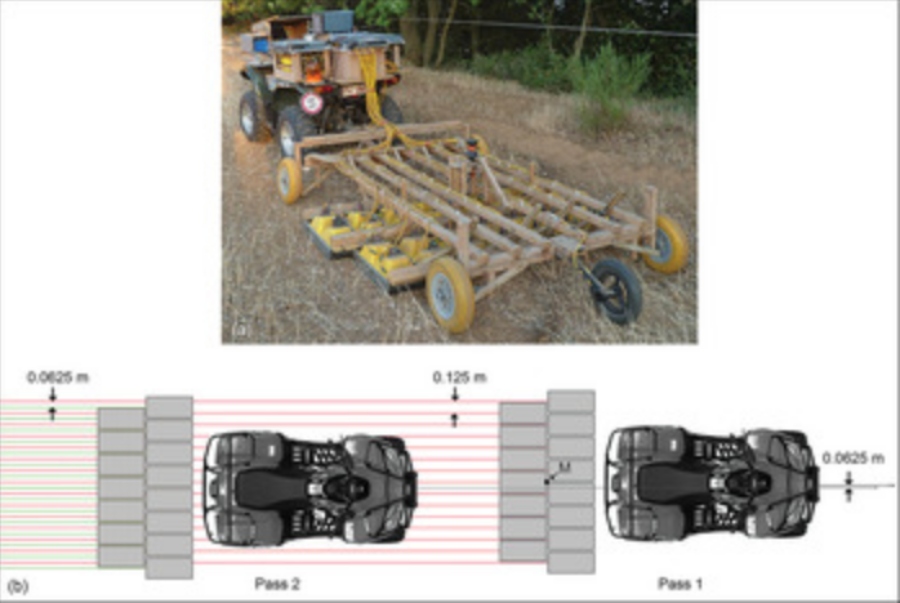Archaeologists from England’s University of Cambridge and Belgium’s Ghent University have mapped an entire ancient Roman town without lifting a shovel. The archaeologists were able to fully map the lost town thanks to advanced radar technology. It allowed them to image the ground at different depths. The technology has so much potential. Archaeologists say it could fundamentally change the way buried urban sites are studied.

Gizmodo UK picked up on the ancient-town mapping, the structures of which are shown in the above image. The journal Antiquity outlined the news in a recent paper. According to the study’s authors, including University of Cambridge Professor Martin Millett, Ghent University post-doctoral fellow Lieven Verdonck, et al., archaeologists uncovered this ancient Roman town using advanced “ground penetrating radar” or GPR.
GPR is defined as a nondestructive method of exploring geophysical formations. It utilizes radar signals produced in the microwave band of the electromagnetic spectrum to make discoveries. In other words, GPR devices—like the commercial unit described in this video—ping the ground with ultra high frequency and very high frequency radio waves to detect buried objects. When the radio waves hit objects and bounce back to their source, they map said objects.

The ancient Roman town is known as Falerii Novi. It sits roughly 30 miles north of the current day Rome. The ancient, walled city, occupied from roughly 241 BCE to 700 CE, is still partially above ground. However, this is the first time we’ve seen its unearthed portions. Or at least imaged.
According to a University of Cambridge news release, the archaeologists discovered “a bath complex, market, temple, [and] a public monument unlike anything seen before,” beneath the above-ground portion of Falerii Novi. The team even managed to map the town’s sprawling network of water pipes. Additionally, the archaeologists can now study how the town changed over the course of hundreds of years thanks to GPR’s ability to map different depths of subsurface terrain.

“Since Roman cities subsequently became central to the character of Rome’s imperial system, understanding the earliest development of towns in Italy at this period is central to any comprehension of Roman imperialism itself,” Millett said in the news release. He added that “the earliest phases of these cities, many of which have continued in occupation until today, lie deeply buried beneath later structures.”
The study’s authors say that “this type of survey has the potential to revolutionise archaeological studies of urban sites” moving forward. This is due to the fact that archaeologists cannot excavate many ancient cities because they’re either too large or under modern-day structures.

What do you think about this method of mapping out ancient, buried cities and towns? Do you agree that GPR technology is going to reinvent the field of archaeology?
Featured Image: Verdonck et al. / Antiquity